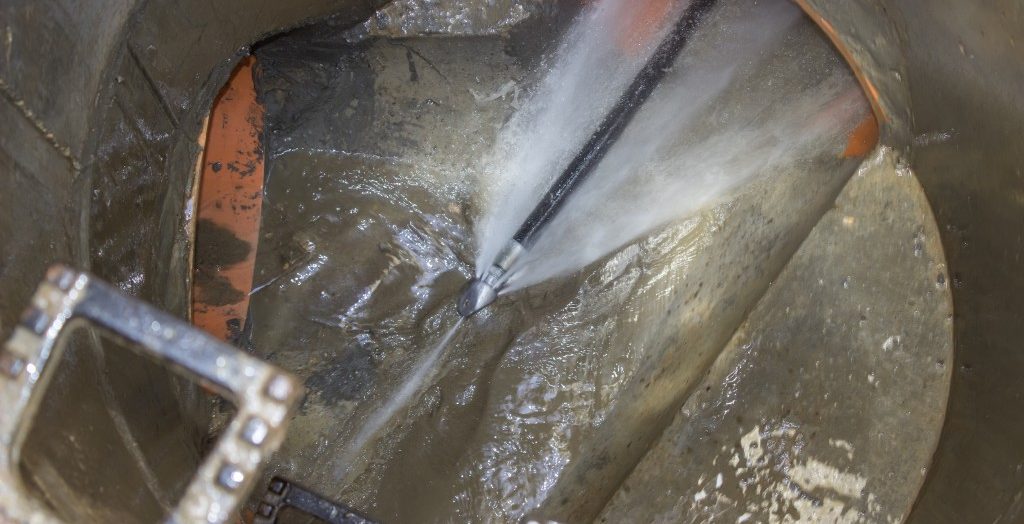Water is a scarce commodity and must, therefore, be used sparingly at all times. Treatment is a process of removing contaminants both physically and chemically from used water. The treated water is later discharged back to the water systems since its safe for use. There are three main types of water treatment techniques: physical, chemical, and biological treatment.
Physical, Chemical, and Biological Treatment
Different treatment methods for wastewater utilise varied techniques to achieve their objectives. For instance, physical treatment involves the use of physical processes as well as chemical reactions to remove contaminants from water. On the other hand, biological treatment utilises the inhibition of bacteria as a way of neutralising their harmful effects. Biological treatment methods are mostly used to treat wastewater emanating from households and commercial premises. Physical treatment methods are ideal for wastewater generated in factories and manufacturing industries. Water from industries contain toxins that can greatly harm the environment, thus the need to be handled with care.
Collection of Wastewater
The first step of any treatment method requires the drainage of all wastewater into the collection system. The water is then transferred to a treatment plant using exhauster trucks or drainage pipes. Care must be taken while transporting the wastewater. The pipes should not leak. The workers must also be provided with the necessary protective gear.
Pungent Smell Control
At the treatment plant, pungent smell control is essential. This eliminates the chances of causing air pollution arising from the wastewater. Chemicals are often added to all odour sources to neutralise smell-producing waste.
Screening
This is done to remove any large objects present in the wastewater. Such objects include broken bottles, plastic bags, and other forms of solid waste. The aim is to prevent damage to the pieces of equipment in use. Any recovered solid waste is transported to nearby landfills.
First Treatment
Macrobiotic waste is separated from wastewater. It is done by emptying the wastewater into large tanks so that solid waste settles at the base of the tanks. Sludge and solid waste are then removed using large scrappers. The waste is later pumped out of the tank in preparation for the next treatment step.
Second Treatment
Seed sludge is added to the wastewater to trigger the decomposition of waste matter. The seed sludge is mixed with water by pumping air in the aeration tank. The aim is to fuel the growth of bacteria, which works on the remaining waste matter.
Handling of Bio-Solids
Solids from first and second treatment are transferred to a digester and heated at room temperature. Methane gas is produced as a result of anaerobic digestion. The gas is then used as a source of energy.
Sanitizing
This is the removal of disease-causing organisms using chlorine and sodium hypochlorite. They make water safe for consumption and use in other operations. The water is then directed to the environment through waterways.
Wastewater treatment is a good way of conserving the environment. It does not only safeguard the environment against possible pollution, but it also eases the stress in the bodies of water.







